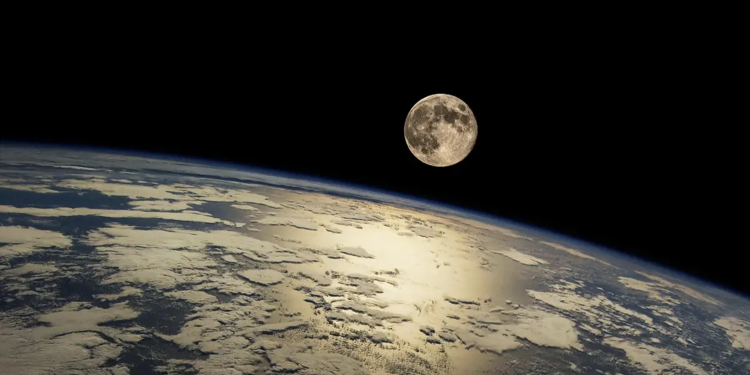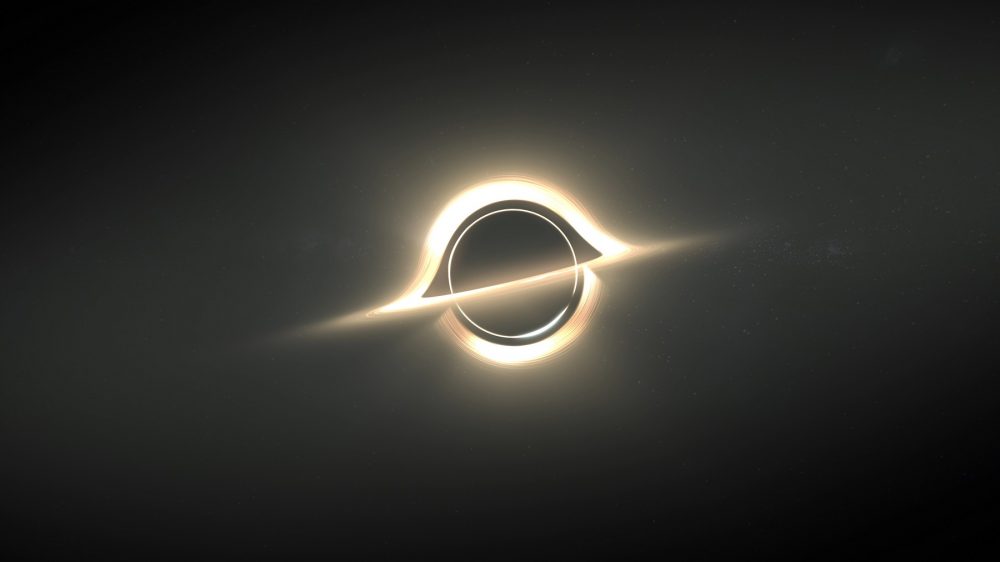More than half a century after Apollo 17 marked the final step on the Moon, humanity is preparing to return—this time not to land, but to circle the lunar surface aboard a spacecraft built for deep space. And now, one of the biggest obstacles to that journey has just been cleared.
At Kennedy Space Center, teams have completed the towering assembly of the Artemis II rocket’s core stage, positioning it between two solid rocket boosters inside the iconic Vehicle Assembly Building. The massive core—standing 65 meters tall—will power the next chapter of human spaceflight using four RS-25 engines originally flown on the Space Shuttle, now refurbished and reconfigured for this new mission.
Together with the boosters, the system will deliver 8.8 million pounds of thrust at liftoff—slightly less than SpaceX’s Starship under development, but still unmatched in terms of actual flight performance. It was this very rocket, NASA’s Space Launch System (SLS), that successfully launched the uncrewed Artemis I mission in 2022, sending the Orion capsule around the Moon in a major milestone for deep space travel. Now, Artemis II is poised to build on that success—with a far more ambitious goal.
Artemis II will carry astronauts around the Moon for the first time in over 50 years
Currently targeting launch no later than April 2026, with an internal push for February, Artemis II will mark the first crewed mission in the Artemis program. Aboard Orion will be four astronauts: NASA’s Reid Wiseman, Victor Glover, Christina Koch, and Canadian astronaut Jeremy Hansen. Their 10-day journey will take them around the Moon and back, paving the way for future lunar surface operations.
Though this flight won’t include a landing, it is a crucial test for future missions. Artemis III, targeting no earlier than 2027, aims to land astronauts on the Moon again—this time with a new human landing system developed separately.
The stacking of the remaining components is the next step: a cryogenic propulsion stage, adapters, and the Orion spacecraft itself. NASA has confirmed that Orion will arrive at the Vehicle Assembly Building in late April or early May. If all goes to plan, the fully assembled rocket could be rolled out to the pad by the end of the year.
Despite budgetary uncertainty and political shifts that could influence the long-term path of the Artemis program, the momentum for Artemis II is real. Hardware is in place. Crew training is ongoing. And the countdown toward the next human journey into deep space is visibly progressing.











